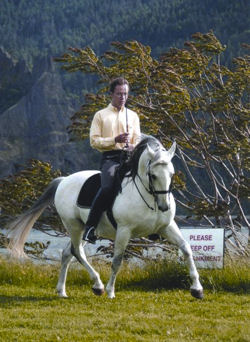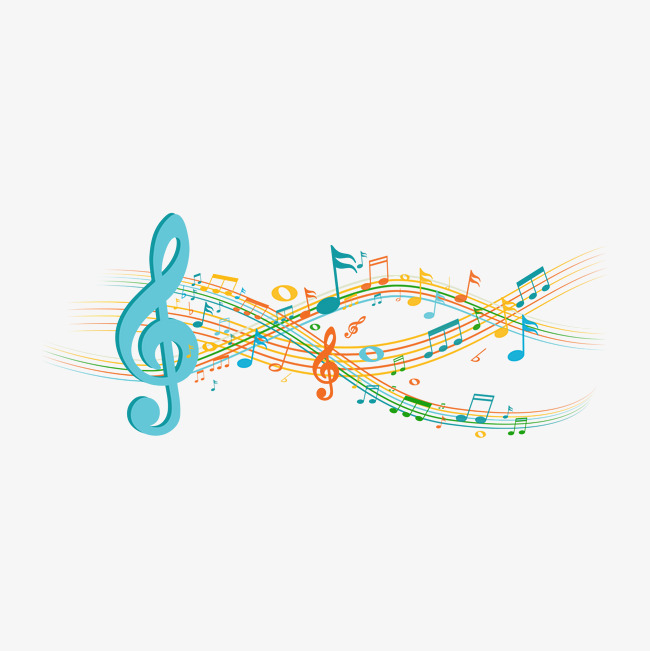Trot
The Trot Defined
A “two beat” gait where diagonal leg pairs move simultaneously followed by a moment of suspension. There are four main types of trot: the working trot, the medium trot, the extended trot and the collected trot.
How to Execute the Trot
Start in the walk
Thighten abdominals and deepen the seat.
Keep upper body straight
Close both calves on the horse’s side
Maintain rein contact, but yield slightly
Relax seat and calves
Notes:
There are 2 ways for the rider to ride the trot – rising or sitting.
The rising trot is performed when the rider rises and falls in time with the horse’s legs. The rider rises when the outside front foot is forward and sits when the outside front foot is back. “Rise and fall with the leg on the wall” is an easy way to remember when to rise and when to sit.
The sitting trot is often difficult to master because the horse’s trot is generally bouncy. When sitting the trot, the rider remains in the seated position throughout. It is imperative for the rider to relax and allow the seat and hips absorb the concussion of the horse’s hooves.
Purpose of the Trot
To develop stamina, muscle strength and rhythm.
To warm up the horse’s muscles prior to exertion.
Common Errors in Execution
The horse loses rhythm.
The rider restricts the horses movement with a rigid hand.
The rider posts of the incorrect diagonal in the rising trot.
The rider creates tension in the horse’s back by sitting too hard in the rising trot.
The horse lacks energy.
The horse’s step is more vertical in nature illustrating tension in the back and neck.
The rider becomes tense in the sitting trot consequently bouncing and making the horse tense
Author: Dressage Academy
Travers
Trot Lengthening
You May Also Like

Rejuvenate Your Dressage Horse
July 6, 2017
Rhythm – Let’s Get into the Groove Newsletter
March 28, 2018
2 Comments
Pingback:
Pingback: